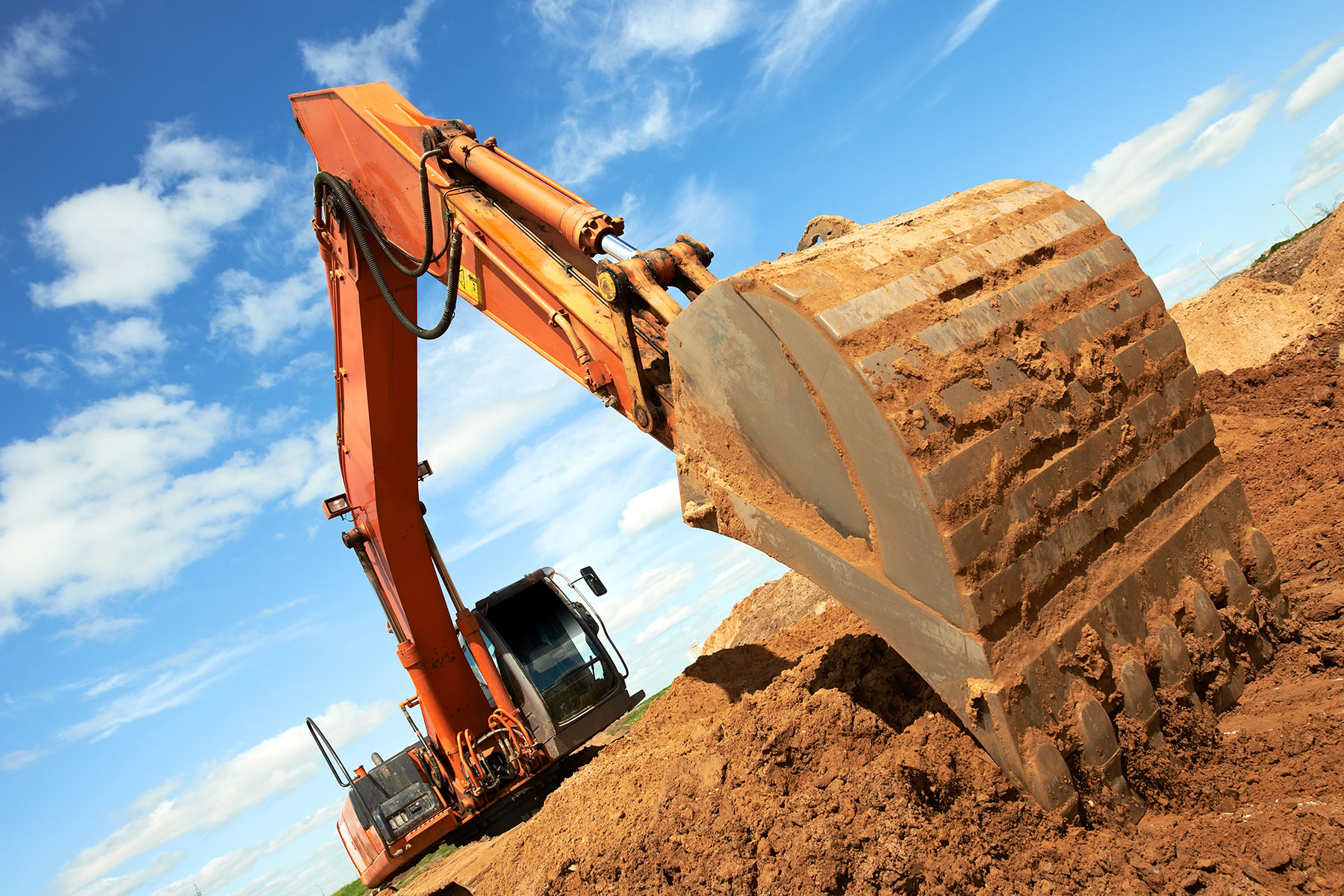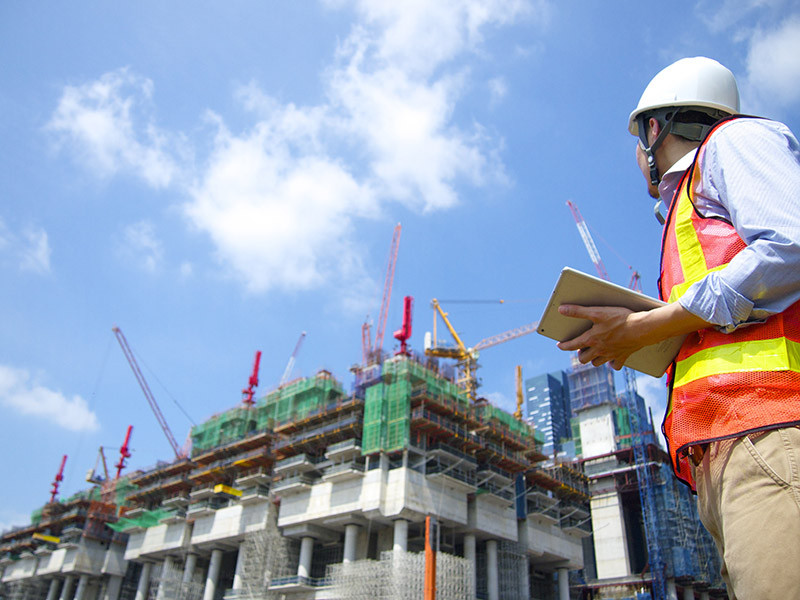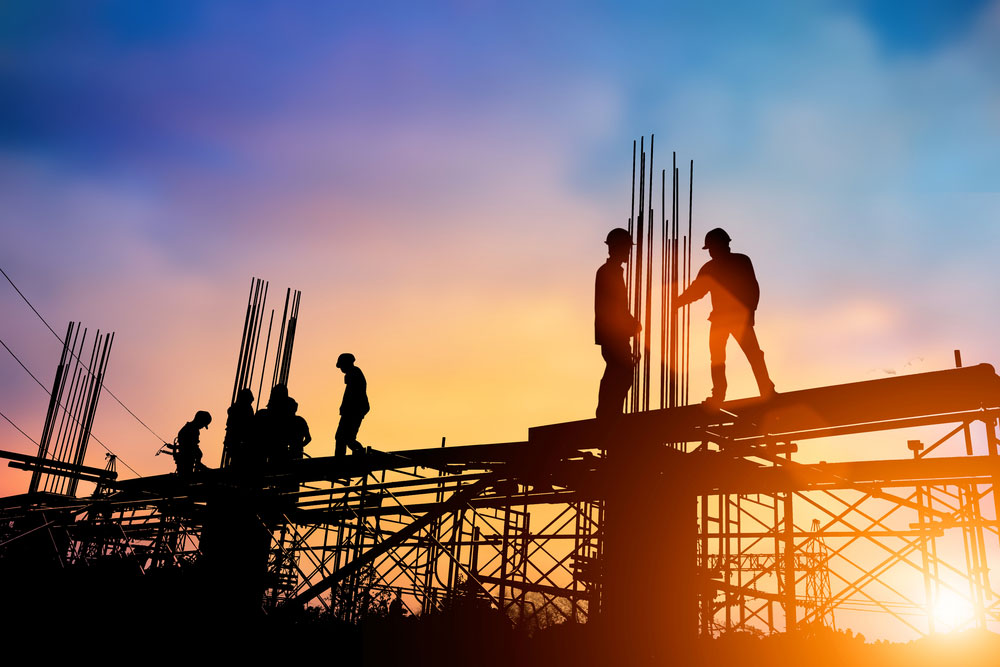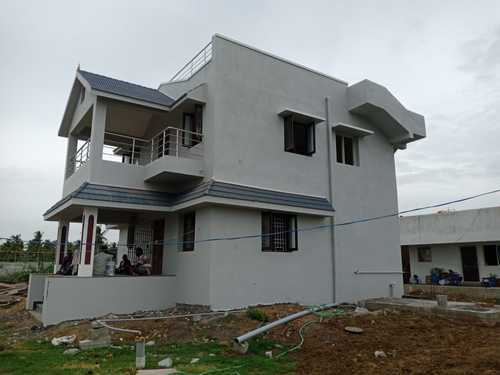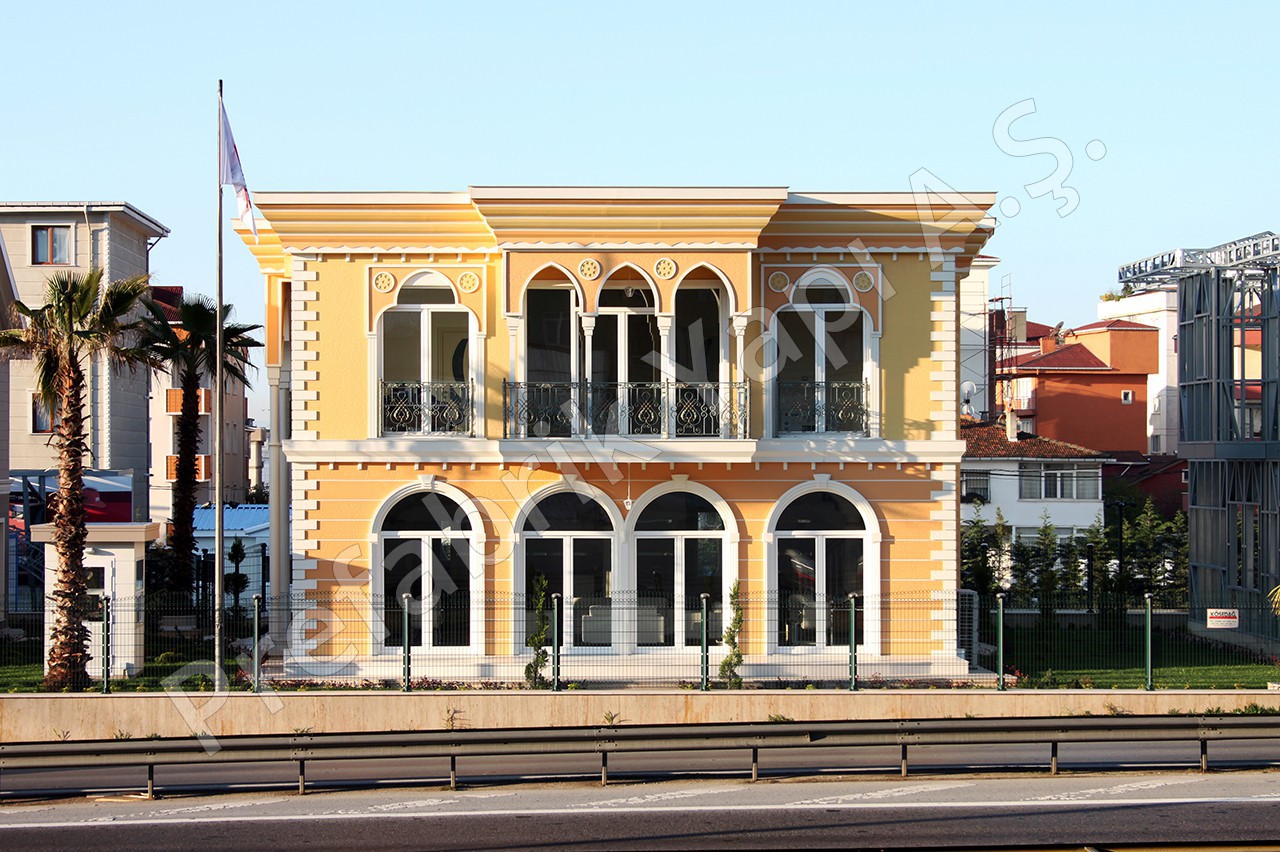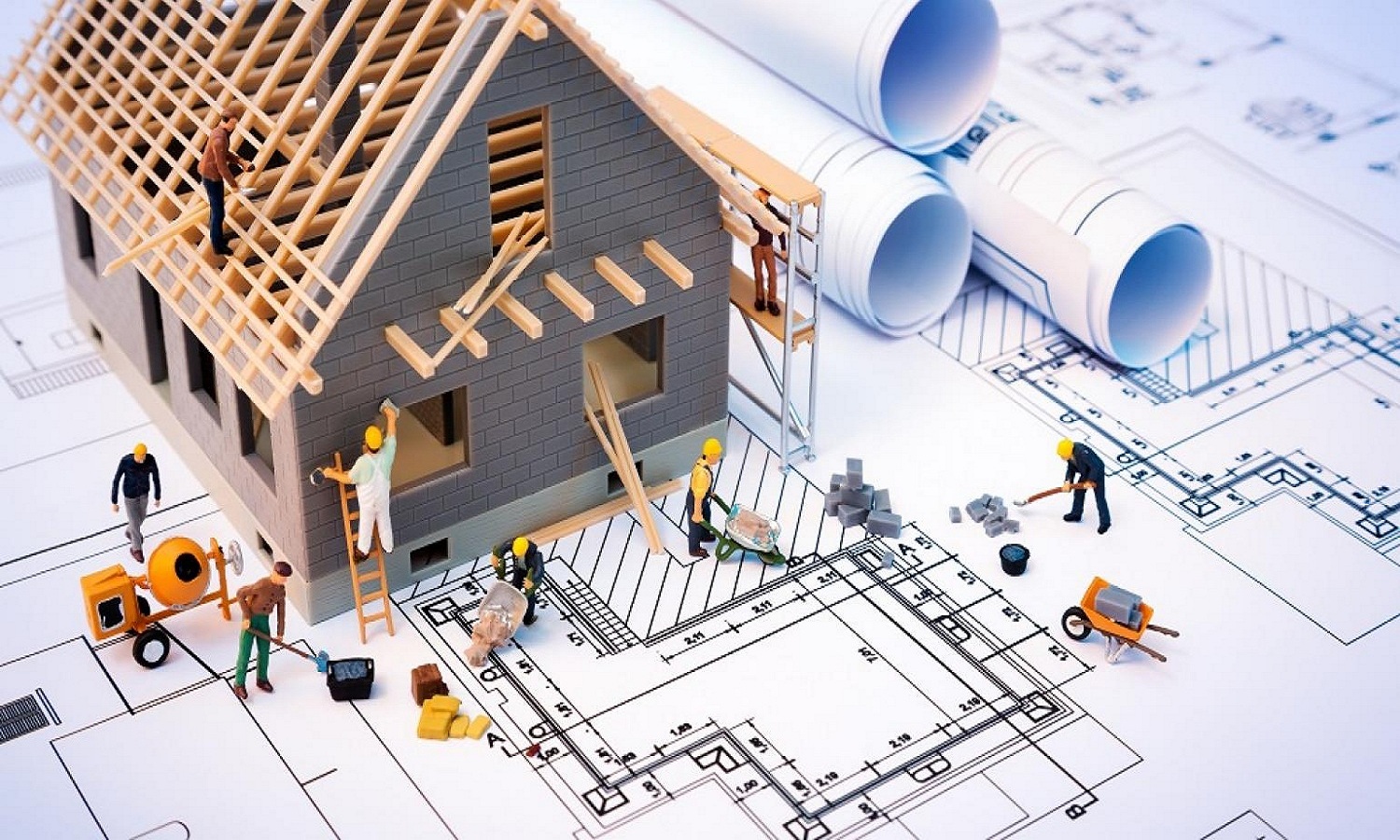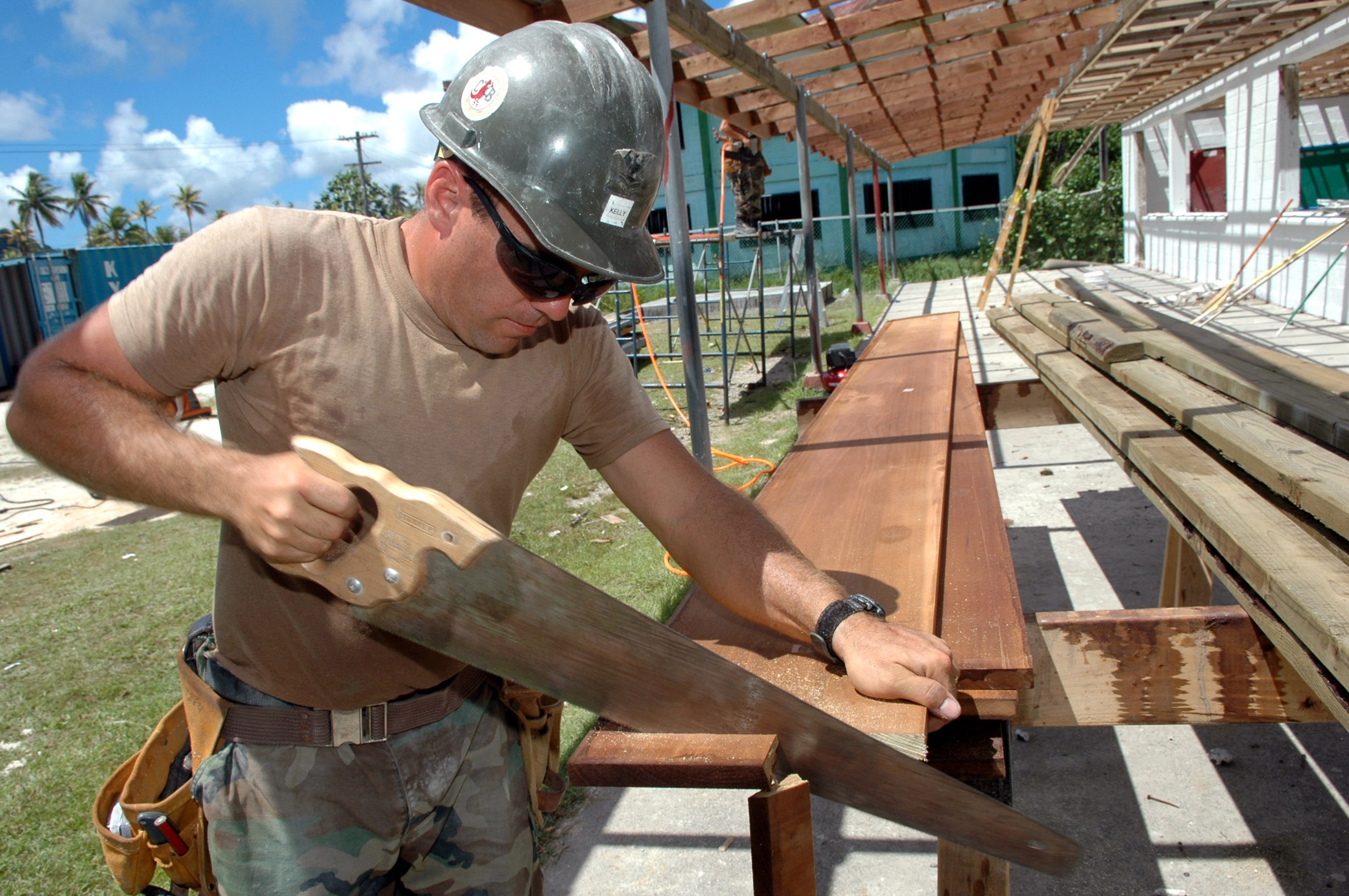Best Way to Approach Deconstruction Demolition: A Guide from Expert Demolition Contractor in London
When most people hear “demolition,” they picture buildings being brought down in a dramatic implosion. But for projects where selective dismantling is required, deconstruction demolition provides a strategic, environmentally friendly solution. By carefully dismantling a structure piece-by-piece, valuable materials can be salvaged for reuse, and waste is minimized.
As an experienced demolition contractor in London, we’ve seen deconstruction’s benefits firsthand. This guide will walk you through the best ways to approach deconstruction demolition to ensure safety, maximize material recovery, and achieve your project goals.
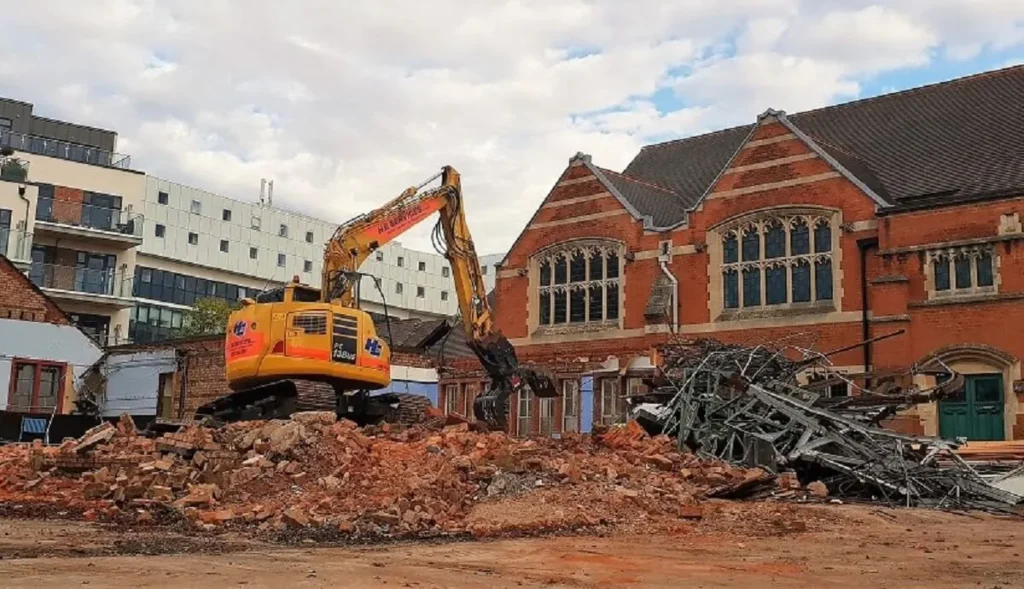
Content
1. Understand Deconstruction vs. Traditional Demolition
Traditional demolition involves dismantling or tearing down structures quickly and efficiently, often generating large amounts of mixed waste. In contrast, deconstruction demolition is a systematic process of breaking down a building to preserve and salvage valuable materials. These materials can include:
- Timber
- Steel beams
- Fixtures
- Bricks and stone
- Windows and doors
With deconstruction, you can save on disposal fees, reduce landfill waste, and reclaim materials for future construction.
2. Assess the Project Scope and Timeline
Deconstruction requires careful planning and typically takes more time than standard demolition. The building’s layout, material types, and the desired salvage level must be assessed beforehand. A seasoned demolition contractor in London will provide a comprehensive evaluation of your project to determine the most efficient approach.
Considerations for deconstruction scope and timeline:
- Age of the building and material quality
- Salvage goals and material markets
- Size and structural complexity of the building
- Accessibility to remove materials safely
3. Work with Experienced Deconstruction Professionals
Deconstruction demands expertise and experience. A professional demolition contractor with experience in deconstruction will have the skills to safely remove materials, maximize salvage opportunities, and minimize damage to reusable items. The contractor should also have a clear understanding of UK regulations for handling and disposal, especially for materials that may contain asbestos or other hazardous substances.
Partnering with the right demolition contractor ensures the project proceeds safely and efficiently.
4. Implement a Step-By-Step Deconstruction Plan
Once the assessment is complete and a team is in place, it’s time to move forward with a well-structured plan. This should be broken down into stages:
a) Site Preparation
Prepare the building by disconnecting utilities (electricity, gas, water), securing permits, and setting up barriers or scaffolding. The contractor will also perform safety checks and place signage as required.
b) Salvage High-Value Materials First
Prioritize easily accessible, high-value items like fixtures, doors, cabinetry, and windows. These materials can often be removed with minimal tools and are among the most desirable for resale or reuse.
c) Structural Deconstruction
Start from the top and work downwards. The roof and floors are typically deconstructed in stages, taking care to preserve valuable structural materials like timber beams or steel girders.
d) Waste Sorting and Recycling
As materials are removed, they should be sorted for recycling, reuse, or disposal. Many items, including metals, concrete, and wood, can be recycled if not reused.
5. Prioritize Safety and Compliance
Safety is paramount during any deconstruction project. A professional demolition contractor in London will implement rigorous safety measures and ensure compliance with UK regulations. Important safety considerations include:
- Protective gear: All workers must wear appropriate protective equipment (PPE), including gloves, masks, and helmets.
- Hazardous material handling: If asbestos or other hazardous materials are present, they must be handled by trained professionals.
- Site security: Barriers and signage should be in place to prevent unauthorized entry and minimize public exposure to dust or debris.
6. Emphasize Waste Reduction and Material Recycling
Deconstruction demolition focuses on minimizing waste through salvage and recycling. By sorting materials directly on-site, you’ll reduce the need for landfill space and promote sustainable building practices. Many UK deconstruction projects achieve up to 80% material recovery, making it a highly sustainable demolition method.
7. Evaluate and Finalize Site Clearance
Once all materials have been removed, the site needs to be thoroughly cleaned and cleared. A qualified demolition contractor will handle waste disposal following environmental guidelines, ensuring any non-salvageable materials are disposed of responsibly. The cleared site is then ready for new construction or landscaping, completing the deconstruction process.
Benefits of Choosing Deconstruction with a Professional Demolition Contractor in London
Opting for deconstruction over traditional demolition has many advantages, especially for projects prioritizing sustainability. Here’s why you should consider deconstruction demolition with a qualified contractor:
- Environmental Impact: Lower waste production, greater recycling opportunities, and reduced carbon footprint.
- Cost Efficiency: Potential for savings on disposal fees, and revenue from selling salvaged materials.
- Historical Preservation: For historical or heritage buildings, deconstruction allows the preservation of architectural elements that may have historical or cultural value.
- Community Support: Materials salvaged from deconstruction can be donated or sold locally, contributing to the community and reducing the demand for new materials.
Ready to Begin Your Deconstruction Project?
Choosing deconstruction is a step towards sustainable building practices and responsible waste management. With the help of a skilled demolition contractor, your project can be completed efficiently, safely, and with minimal environmental impact. Contact a trusted demolition contractor in London today to discuss your deconstruction options and start planning your next project.
Frequently Asked Questions
How long does a typical deconstruction project take?
The timeline varies depending on the building’s size, age, and complexity. While deconstruction may take longer than traditional demolition, the added benefits often justify the extended timeline.
Are deconstruction services more expensive?
The upfront cost may be higher, but savings on waste disposal and potential revenue from salvaged materials can offset the additional expense.
Can all buildings be deconstructed?
Most structures can undergo deconstruction, though older buildings with hazardous materials (like asbestos) require specialized handling.
Is deconstruction better for the environment?
Yes, deconstruction reduces landfill waste, promotes recycling, and conserves resources, making it a more eco-friendly demolition method.
How do I choose the right demolition contractor in London?
Look for experience in deconstruction, knowledge of regulations, and a commitment to safety and environmental practices. An established demolition contractor in London will help you achieve your goals responsibly and efficiently.

I am Scott Miller and my love is writing about home improvement. I write mostly about home ideas, but also share some tips and tricks that can make your life easier when it comes to getting things done in the house.

